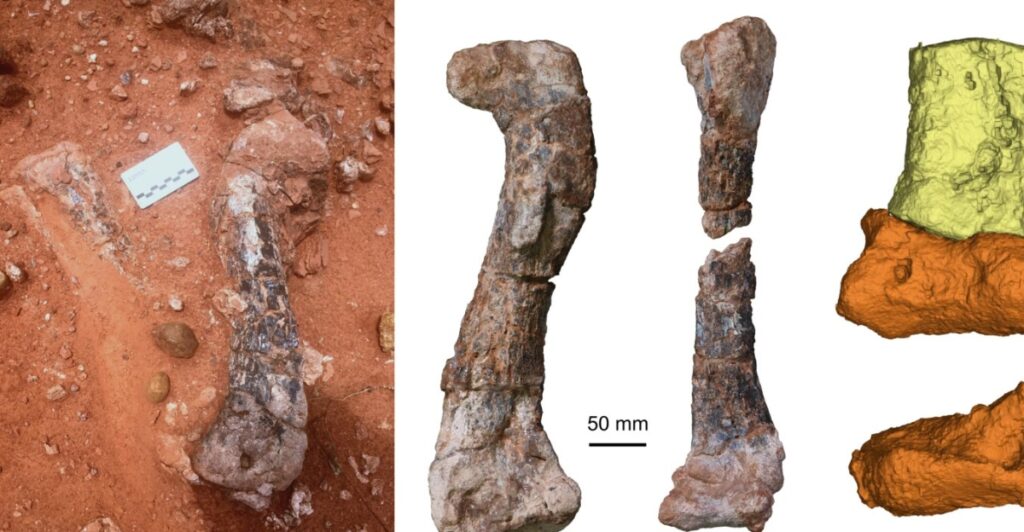
A breakthrough discovery by Stony Brook University paleontologist Kimberley Chapelle has revealed Musankwa sanyatiensis, a dinosaur species from 210 million years ago. Unearthed in Zimbabwe’s Mid-Zambezi Basin near Lake Kariba, the partial fossil includes hind leg bones with features that distinguish it from other dinosaurs of its era. This new species provides insights into a period when dinosaurs began diversifying, marking a pivotal era in evolutionary history.
Unveiling Zimbabwe’s Prehistoric Secrets
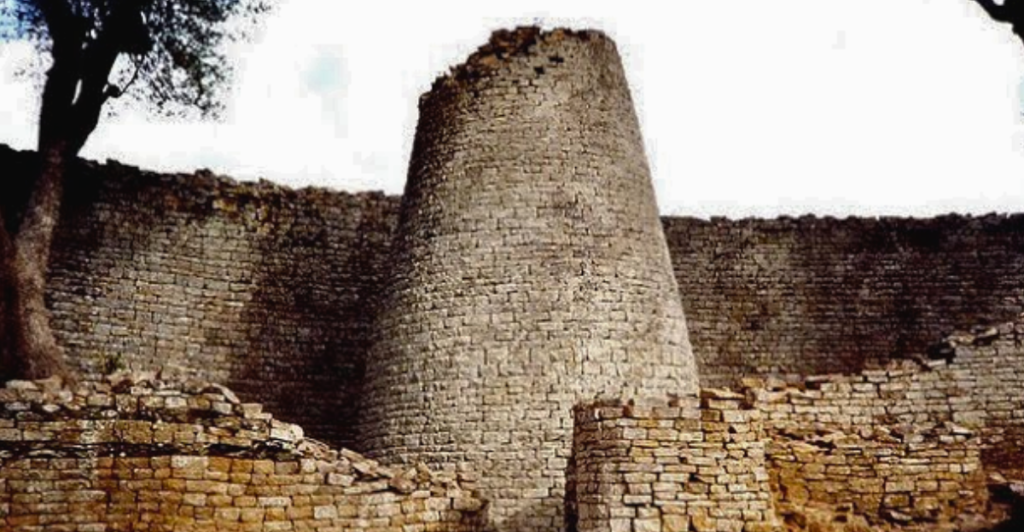
The discovery spotlights Zimbabwe as a vital hub for paleontological research. Known for its Late Triassic fossils, the Mid-Zambezi Basin had not yielded a new dinosaur species in over five decades. This find revitalizes interest in the region, offering a unique glimpse into a time when Africa’s ancient ecosystems were teeming with life, including crocodile-like creatures and primitive plants.
Piecing Together the Puzzle
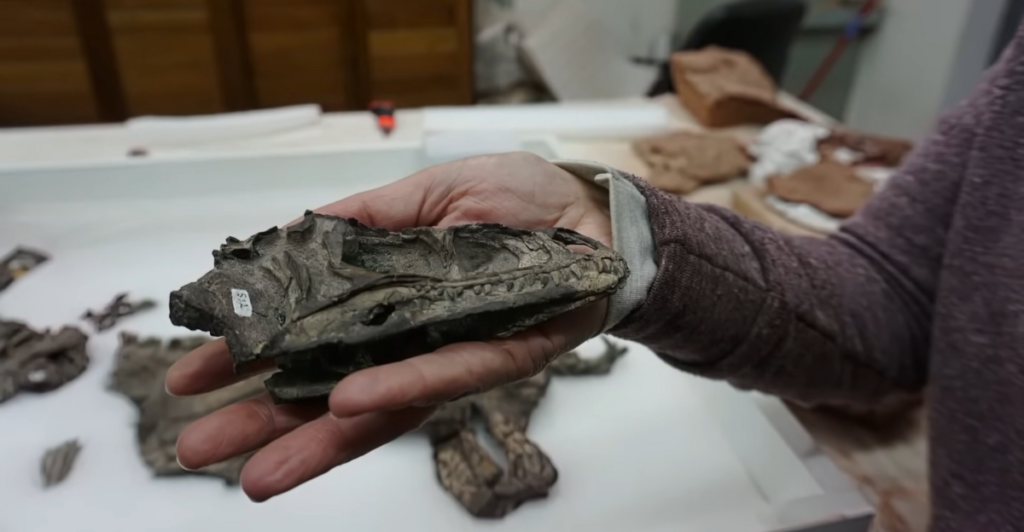
The fossil consisted of a thigh, shin, and ankle, hinting at the creature’s structure. With a height of five feet at the hips and a weight around 850 pounds, Musankwa sanyatiensis resembled a modern horse. Its unique skeletal traits enabled scientists to classify it as a distinct species within the sauropodomorph group, a lineage of long-necked dinosaurs that includes some of history’s largest creatures.
A Glimpse into the Late Triassic
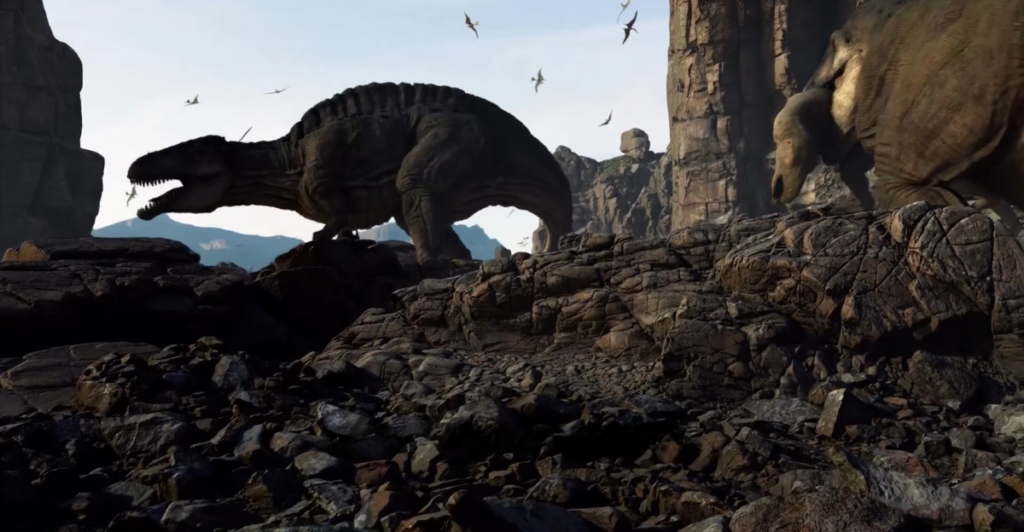
Living during the Late Triassic, Musankwa sanyatiensis thrived when Earth’s landmasses were united as Pangaea. Its swampy woodland habitat was dotted with water channels and dense vegetation, offering ample resources for survival. This era marked the beginning of dinosaur dominance, as species adapted to increasingly diverse environments across the supercontinent.
A Collaborative Expedition
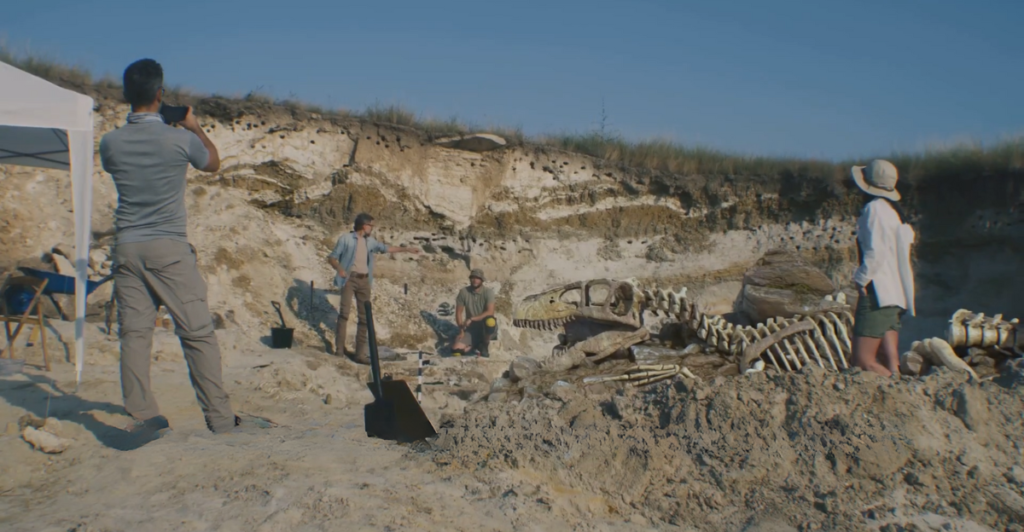
The discovery was the result of international teamwork, blending local expertise with global scientific resources. Local safari guides played a key role, leading researchers to potential fossil sites. A houseboat, “Musankwa,” served as a floating laboratory during the 2018 expedition, emphasizing the value of community collaboration in groundbreaking research.
Decoding Its Name
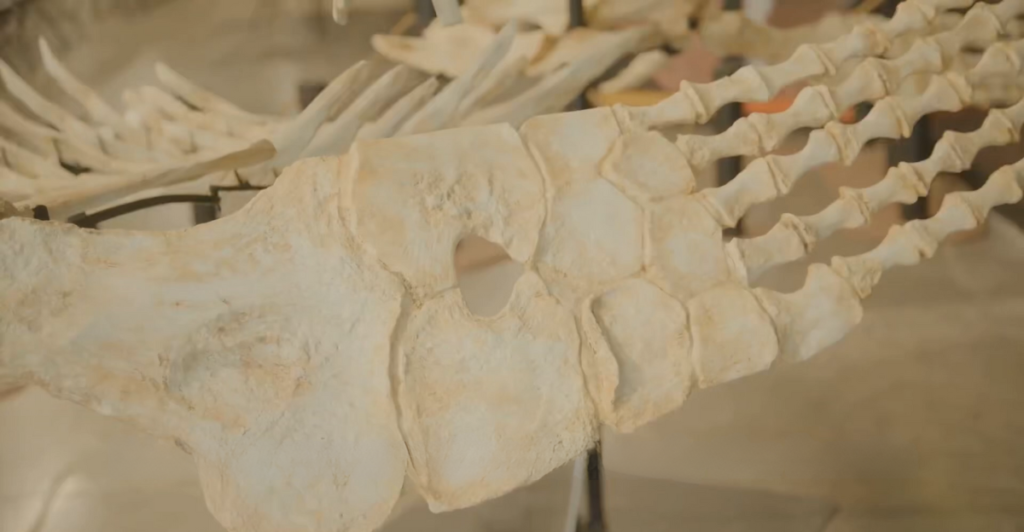
The dinosaur’s name reflects its cultural and geographical significance. “Musankwa” is derived from the Tonga dialect, meaning “boy close to marriage,” while “sanyatiensis” references the Sanyati River area near the fossil site. The naming process underscores the intersection of science and local heritage, fostering deeper community engagement.
The Significance of Sauropodomorphs
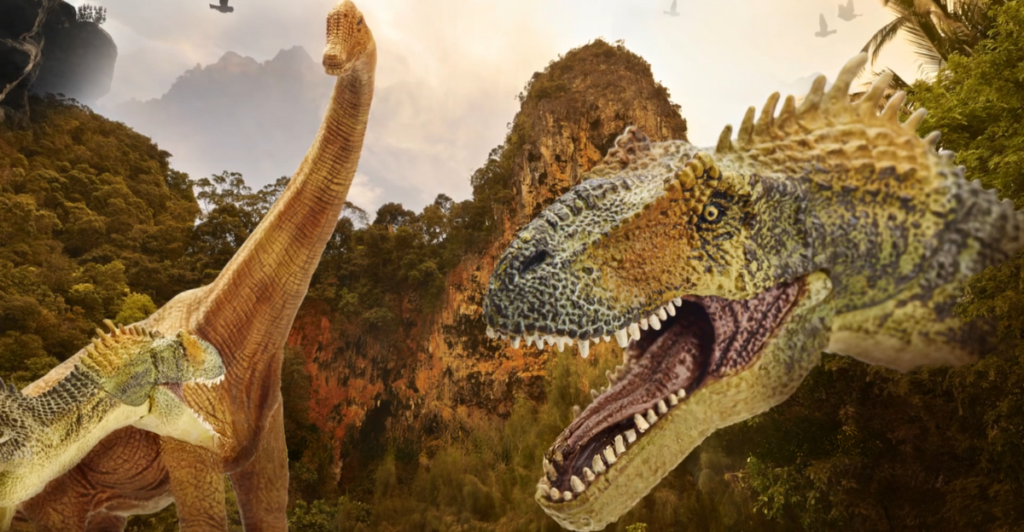
Musankwa sanyatiensis represents a key step in sauropodomorph evolution, a group that gave rise to iconic long-necked dinosaurs like Brachiosaurus. This discovery adds to our understanding of early sauropodomorph adaptations, highlighting their role in shaping herbivorous dinosaur lineages and their spread across ancient ecosystems.
Insights into Behavior and Ecology
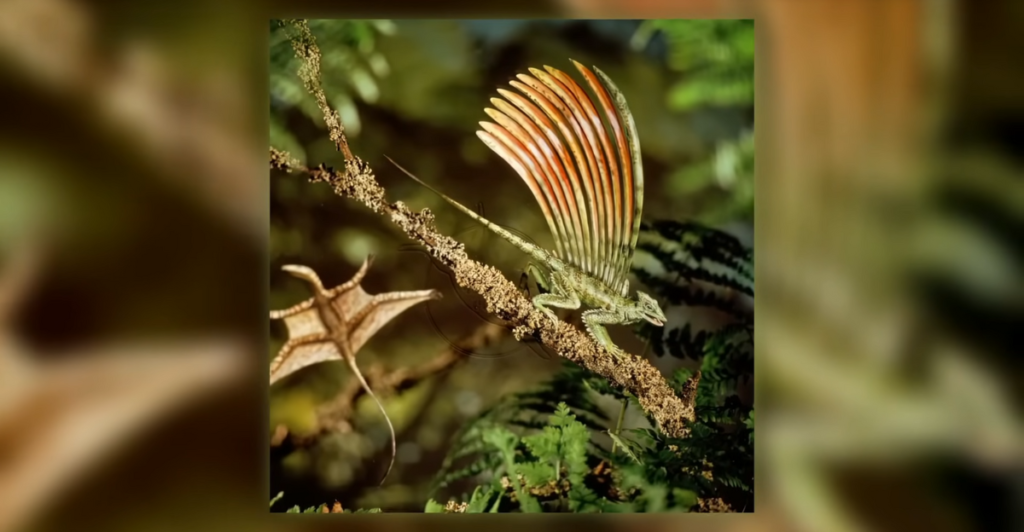
The robust leg bones of Musankwa sanyatiensis suggest a bipedal stance, enabling it to navigate swampy terrain efficiently. Its size and anatomy indicate a plant-based diet, and its coexistence with phytosaurs and amphibians paints a vivid picture of its ecological niche. Such details enrich our understanding of Late Triassic biodiversity.
Ties to South America and South Africa
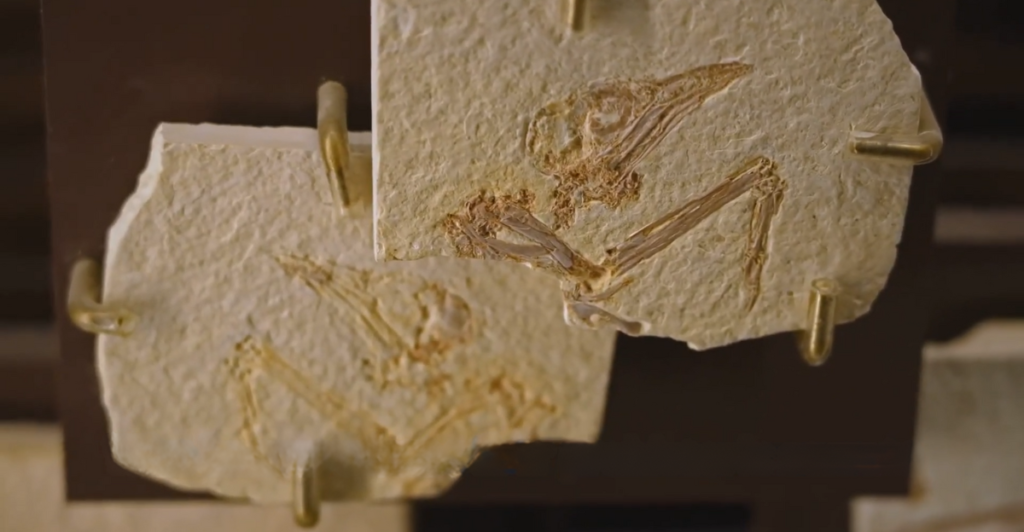
The species’ evolutionary lineage points to connections with dinosaurs like Riojasaurus from Argentina and Eucnemesaurus from South Africa. These ties reveal the migratory patterns of early dinosaurs across Pangaea, illustrating the interconnectedness of ancient ecosystems across continents.
Shaping Earth’s Fossil Record
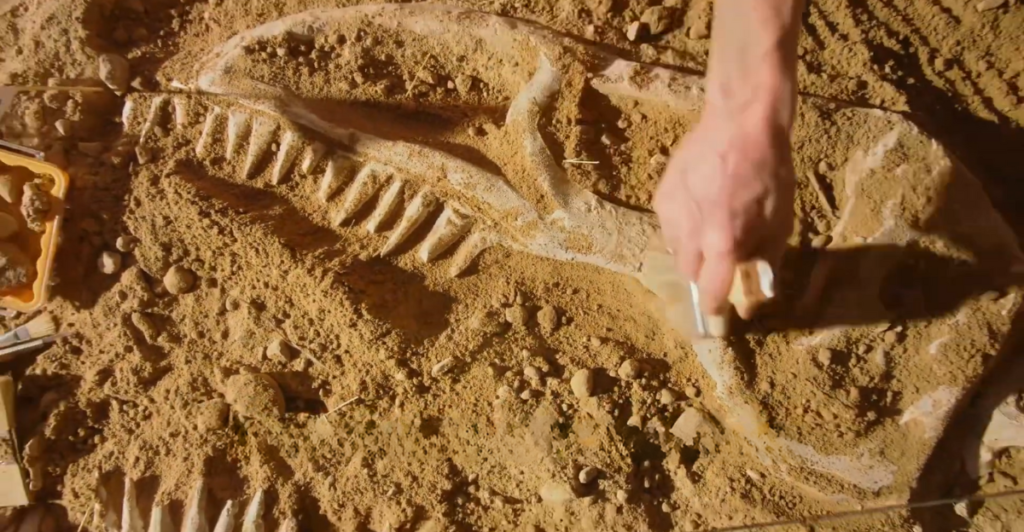
Zimbabwe’s fossil-rich Mid-Zambezi Basin is critical for reconstructing Earth’s prehistoric timeline. The sediments here provide comparative data to understand how different regions correspond in age, aiding scientists in piecing together the global puzzle of dinosaur evolution.
Lessons from the End-Triassic Extinction
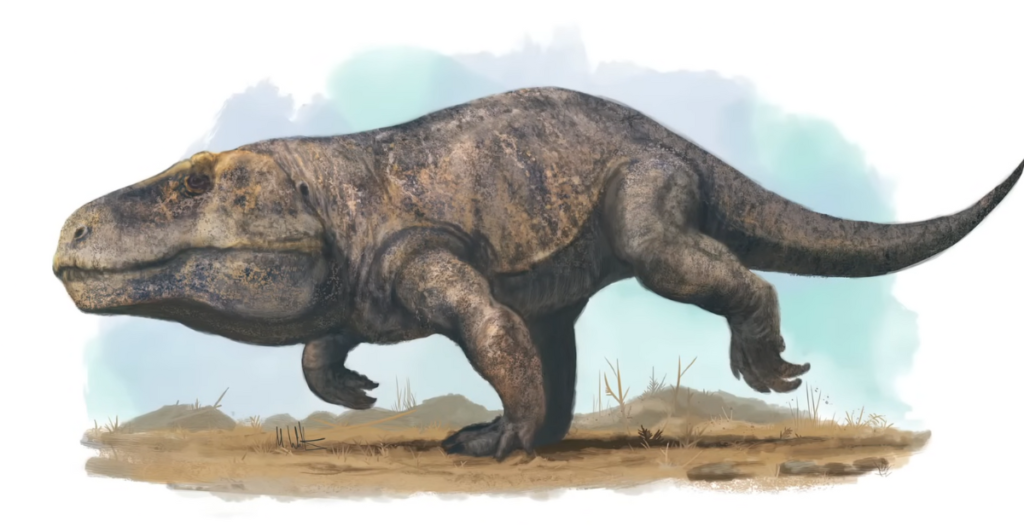
This discovery sheds light on the aftermath of the End-Triassic extinction, an event that wiped out many species and reshaped ecosystems. Fossils like Musankwa sanyatiensis help researchers explore how surviving species adapted and diversified, paving the way for the Age of Dinosaurs.
A Promising Future for Paleontology
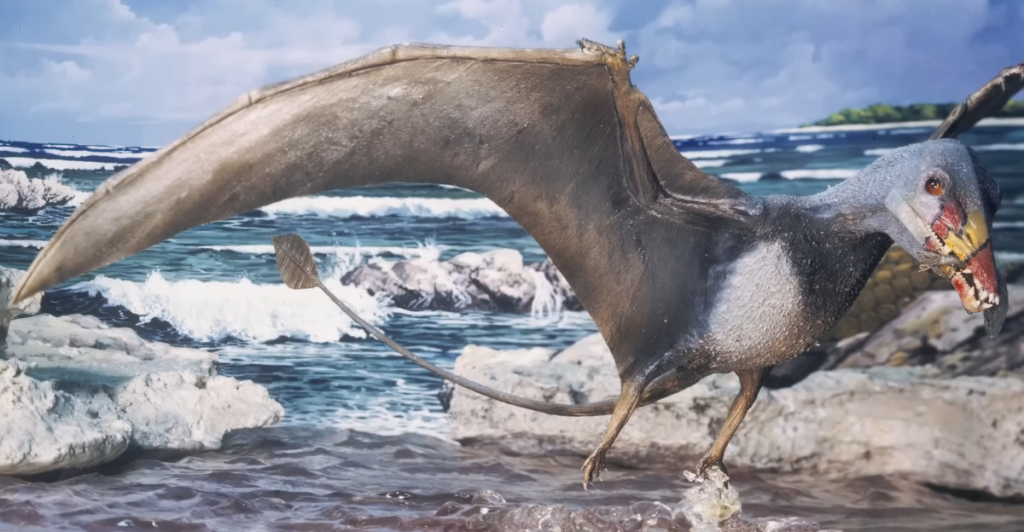
Dr. Chapelle views the Mid-Zambezi Basin as a promising site for future exploration. With untapped fossil beds and rich sediment layers, the region holds immense potential for revealing new species and understanding dinosaur evolution, reinforcing Zimbabwe’s importance in global paleontology.
Global Collaboration, Local Impact
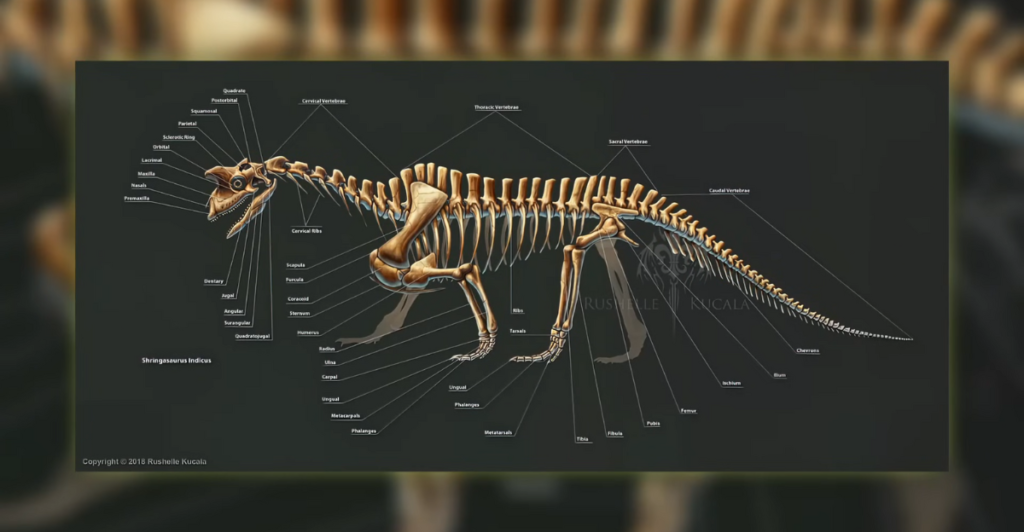
The discovery of Musankwa sanyatiensis demonstrates the power of international collaboration. By combining local knowledge with advanced scientific techniques, researchers have made a discovery that highlights the importance of preserving and studying Africa’s prehistoric heritage. The find serves as a reminder of the vast mysteries still waiting to be uncovered.
Sources:
Long Island professor discovers new dinosaur in Zimbabwe: ‘Big career moment’
New dinosaur species from Zimbabwe found and described by Museum expert
Stay connected with us for more stories like this! Follow us to get the latest updates or hit the Follow button at the top of this article, and let us know what you think by leaving your feedback below. We’d love to hear from you!







